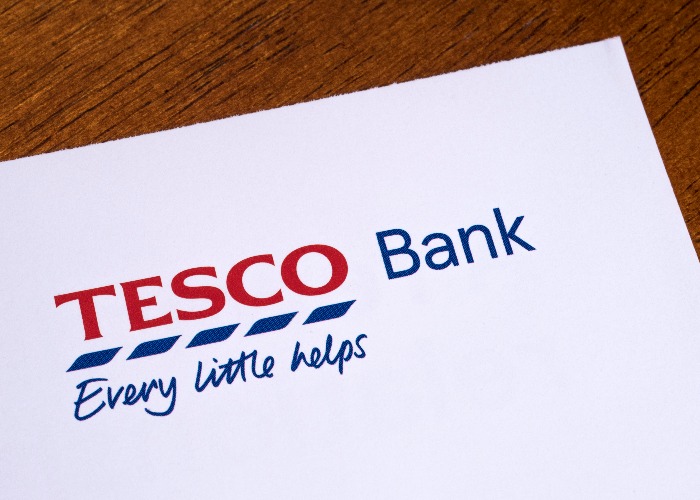Tesco closing current accounts: what you need to do

Tesco Bank will close all personal current accounts on 30 November. Here are your options if you're affected.
Tesco current account customers will need to find a new place to bank after it confirmed plans to close them all later this year.
Tesco said it currently has 213,000 active current accounts on its books, of which around 25,000 are being used as the customer’s primary current account.
If you’re among those affected, we’ll look at your various options and explain how to ensure your next move leaves you in a better financial position.
When will Tesco current accounts close?
Tesco Bank had already closed its doors to new customers all the way back in 2019, and it has now decided to do away with its existing personal accounts as well.
The accounts officially close on 30 November, with the supermarket saying it will send letters to those affected in the next two weeks.
While you do have a fair while to respond – and we’ll run through your options in a bit – Tesco has warned that customers will be unable to deposit or withdraw cash at service desks in stores from 15 October.
So, it’s probably best not to leave things to the last minute.
I’m a Tesco current account holder: what do I do next?
How much of an upheaval this closure creates obviously depends on how often you use your Tesco account.
If it’s just an account you used to make a backup account or to keep some spare funds that you aren’t fussed about losing, you just need to ensure the balance is £0 by 30 November 2021 and you’re done.
Do be sure to check there are no recurring payments such as Standing Orders or Direct Debits linked to the account that needs cancelling or switching.
If this is your primary account, or if you just fancy having another account, then you’ll need to switch accounts.
While it’s a bit of a hassle, the good news is there are loads of better options out there for your money.
After all, the Tesco account offered little in the way of perks or incentives so at least your effort will be rewarded.
Which bank account should you switch to?
There’s no single bank account that’s best for everyone: it all depends on your financial situation.
If, for example, you dip into the red every now and then, you need an account that comes with a free overdraft buffer to help you avoid hefty charges.
If you use the card a lot throughout the month, then you should go for a card that offers rewards or cashback on your shopping.
If you really don’t care about any features or perks and just want a place to deposit your salary each month, it’s still worth looking around for an account that’ll pay you just for joining them.
If you have to switch at least get paid for it!
Whichever type of account you need, we’ve rounded up the best in each category below:
Most Recent
Comments
-
This is a real pity. I found the bank very good, excellent service from smart staff on the phone, Allowed very generous overdraft at lower rates. Use of all cash machines. Easy to use online platform. This closure is a loss for those who have used it actively.
REPORT This comment has been reported.
Do you want to comment on this article? You need to be signed in for this feature









27 July 2021